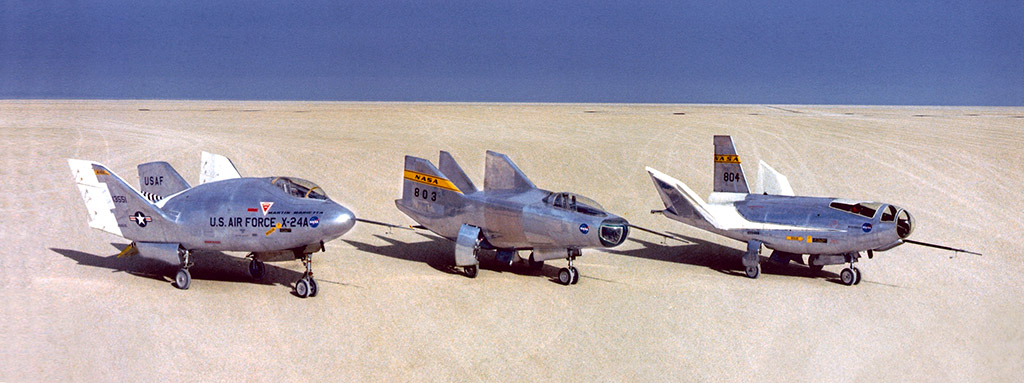The pioneers of aviation observed and tried to emulate the flight of birds, building surfaces that took advantage of air currents to generate lift. In modern aircraft the wings play a fundamental role, and over history these have probably been the part of the plane that has undergone most research.
Back in the 19th century, a couple of French engineers, Alphonse Pénaud and Paul Gauchot, patented the design of a tailless aircraft moved by two propellers. In essence this was the concept of a flying wing: a fixed-wing aircraft without auxiliary surfaces such as horizontal stabilizers.
In modern aircraft the wings play a fundamental role, and over history these have probably been the part of the plane that has undergone most research.
But it was not until after the First World War that the United States, Germany and Russia developed an intense program of research on the various functions that could be obtained with wings. Designs appeared, such as the tiltwing for vertical take-off, variable-sweep wings to improve aerodynamics at high and low speeds, and the forward-swept wing that offers greater lift and manoeuvrability at low speeds.
Some of these ideas, such as the flying wing, were developed into the famous American bomber Northrop Grumman B-2 Spirit, which participated in the wars in Kosovo, Iraq and Afghanistan. The tiltwing was developed into the Bell Boeing V-22 Osprey, with almost 20 years of service, which is used by the Japanese and US armies. However, others such as the forward-swept wing design were considered impracticable until the end of the 1970s, when research started on composite materials for the wings, since they could not endure great speeds.
However, one of the most curious designs in relation to the role played by the wings on an aircraft arose with the Martin Marietta X-24A, a lifting body aircraft that did not need wings to stay in the air. It was used by NASA in the 1960s, during the development of the space “war”, to explore re-entry into the atmosphere. Another innovative design was contributed by the Boeing X-50 Dragonfly, a rotary wing aircraft developed to demonstrate that the rotor of a helicopter could be stopped in flight and act as a fixed wing, enabling the transition between fixed-wing and rotary-wing flight.
In the final analysis, these are different designs covering different functionalities – all with the same protagonist: the wing.



